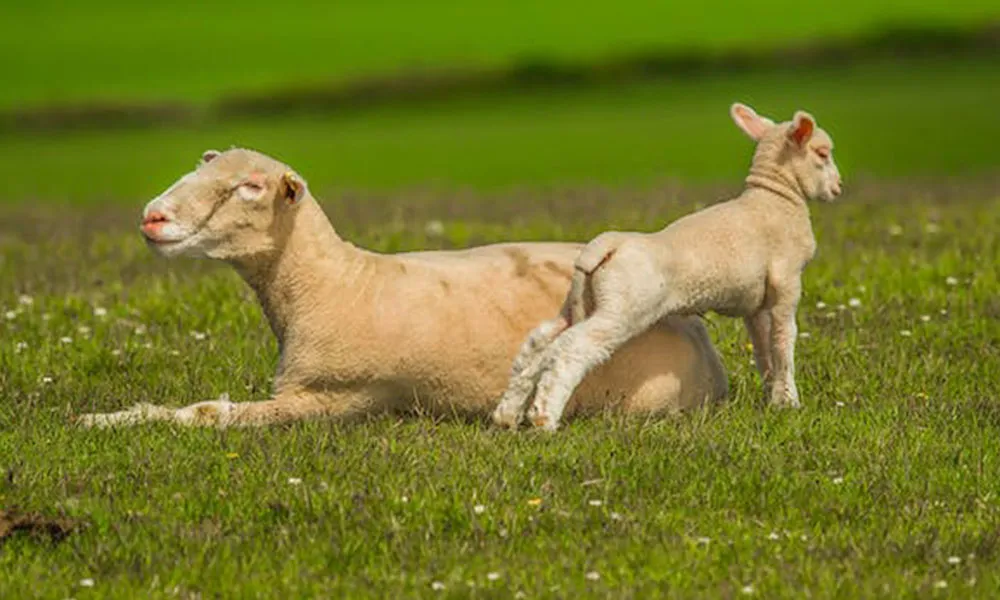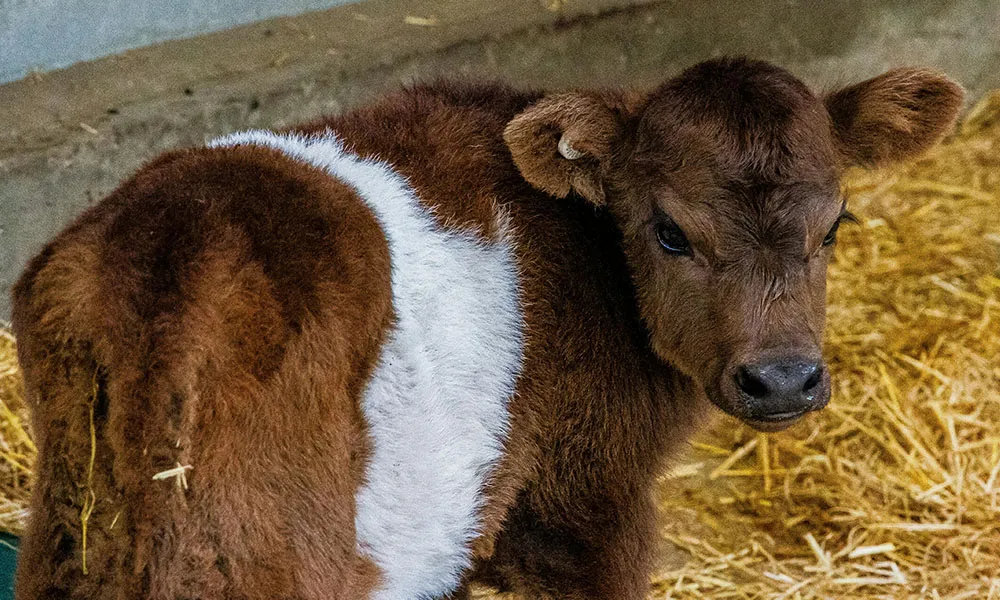
With lambing season now well underway, most sheep farmers are probably suffering – understandably – from some of the symptoms of exhaustion. While these few weeks are some of the most rewarding in the sheep farming calendar, we cannot ignore the reality that this is also a time of enormous stress, and places a huge physical and mental burden on everyone involved.
Among the aggravating factors for farmers is the constant fear of substantial lamb losses at, or shortly after, birth. Lamb losses in the first days of life can be emotionally draining, since we all feel a duty of care to our animals. Beyond this, though, high rates of lamb mortality are also a serious source of revenue loss on Irish farms. Therefore, it is essential that we do everything we can in the weeks around lambing to protect ewe and lamb health and reduce the risk of avoidable animal deaths.
A word on ewe health
On this platform we have written many times about the importance of ewe health in the weeks prior to lambing, so there is probably no point in running over old ground. That being said, it is essential that you ensure that your ewes have a good body condition score at lambing. You don’t want them to be too thin or too fat, as either scenario will increase the risk to both ewe and lamb.
Aside from this, ewes should receive a mineral drench or bolus a few weeks out from lambing, to ensure that they are not lacking in any of the essential minerals, vitamins or trace elements needed to keep them in good health in the final weeks of pregnancy. Ewes that are deficient in essential trace elements are much more likely to lose lambs.
The keys to preventing lamb mortality
Ultimately, though, there are two keys to reducing the risk of lamb mortality in and around birth. These are good hygiene and adequate colostrum. If newborn lambs are provided with both of these, their odds of survival tick up dramatically.
Hygiene
Lambs are born with almost no immunity to the bacteria and viruses that tend to thrive in poorly maintained housing facilities. Diseases like navel ill and joint ill occur when new lambs come into contact with such opportunistic infections in the period immediately after birth.
One obvious way to prevent this is to ensure that all lambing pens are cleaned and disinfected after each use. As farmers, we should also practice good personal hygiene by regularly changing our clothes and washing our hands and wellingtons thoroughly on entering and leaving the lambing pen.
In addition to this, it is essential that the newborn lamb’s navel is disinfected immediately. A solution of iodine or even bee propolis will be effective in this respect.
Colostrum
Arguably most important of all is the provision of adequate colostrum for every lamb in the hours after birth. Colostrum contains everything the baby lamb needs to build up immunity and fight potential infections. It is, basically, a kickstart for the lamb’s immune system and helps to clear the meconium from the digestive tract.
Always bear in mind that lambs cannot survive without colostrum. If the lamb is orphaned, or the ewe is not producing colostrum, you need to buy some for the newborn. It is best to avoid using cow colostrum if possible, as this does not always contain the antibodies that lambs need and may even prove fatal in some cases.
Colostrum may have to be administered using a stomach tube. In order to thrive, a lamb needs to receive about 5% of its bodyweight in colostrum in the hours immediately after birth.











